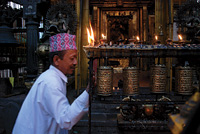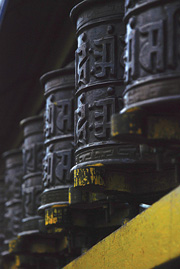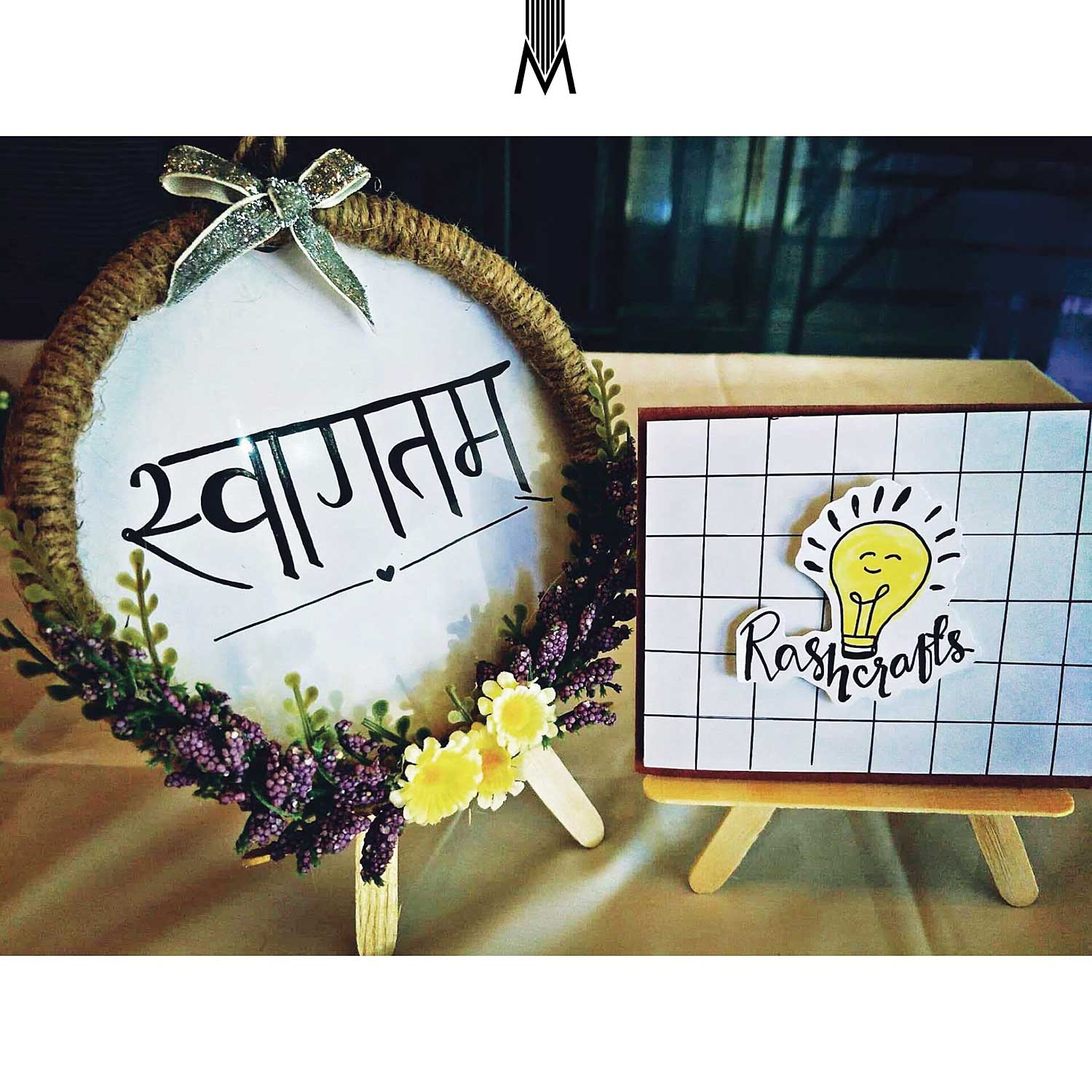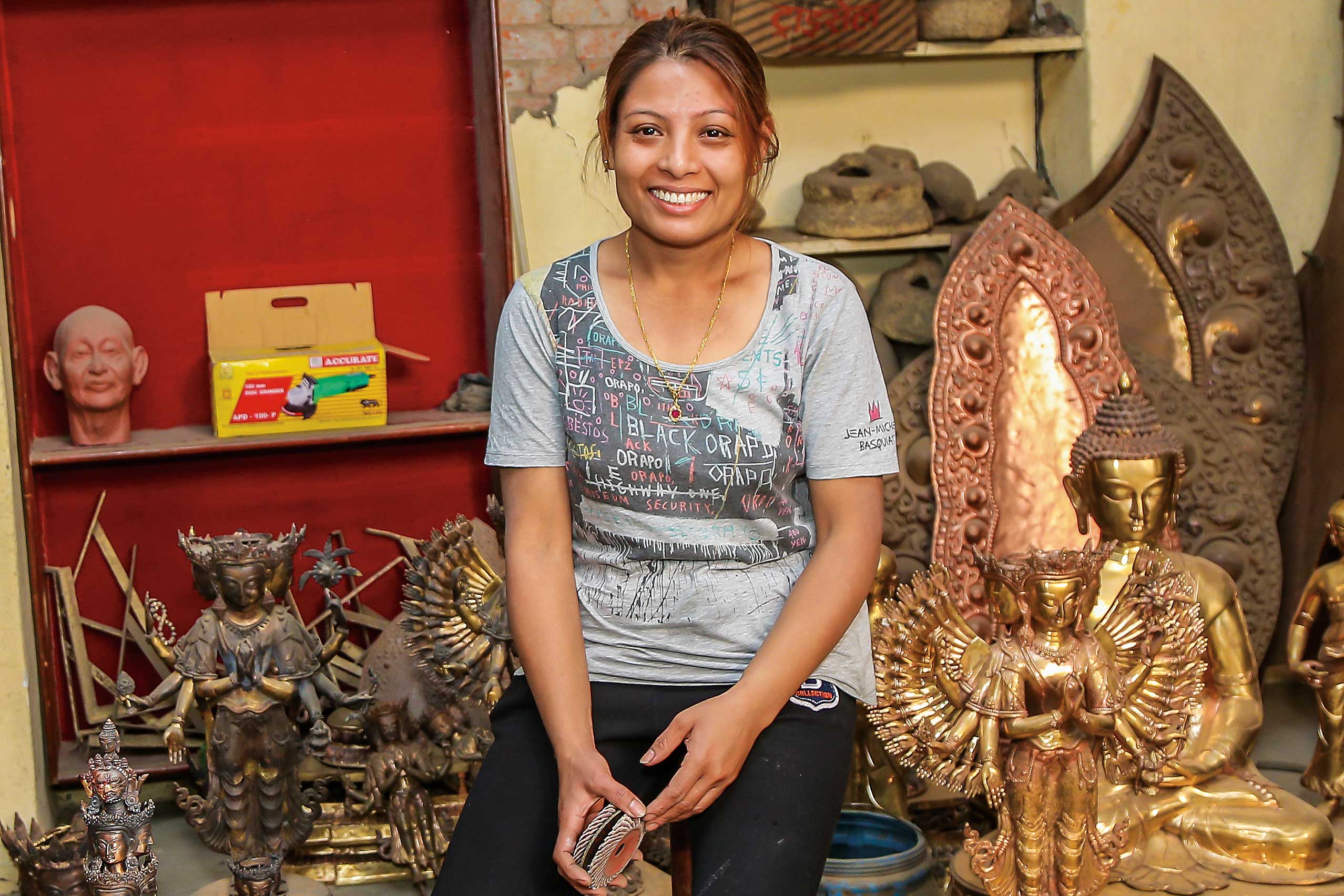Spinning the mani wheel is an act of faith that has many religious connotations.
 The Tibetan prayer wheel or Mani-wheel is one of the most iconographic objects of Tibetan Buddhism. Whether it’s old pilgrims on a cold mountain road spinning their personal wheel or a child’s hand slipping along a row of stationary wheels in Kathmandu’s Boudha or Swyambhunath, the wheel is never far from the religion, its followers and their practices.
The Tibetan prayer wheel or Mani-wheel is one of the most iconographic objects of Tibetan Buddhism. Whether it’s old pilgrims on a cold mountain road spinning their personal wheel or a child’s hand slipping along a row of stationary wheels in Kathmandu’s Boudha or Swyambhunath, the wheel is never far from the religion, its followers and their practices.
The concept of the Mani-wheel was first developed by Lord Buddha to help with portraying his philosophy on the ‘wheel of dharma (religion)’. It is also seen as a reflection of the chakras or energy wheels that exist inside us all, and to turn the  Mani-wheel while reciting the Tibetan mantra Om Mani Padme Hum (hail to the jewel in the crown of the lotus) gives great merit to ones own Karma, balances your negative energy and vibrates good energy into the surrounding area (and world).
Mani-wheel while reciting the Tibetan mantra Om Mani Padme Hum (hail to the jewel in the crown of the lotus) gives great merit to ones own Karma, balances your negative energy and vibrates good energy into the surrounding area (and world).
Generally, the wheel is made from metals like silver, bronze and brass, with inscriptions on the outside written in Sanskrit, usually the mentioned Om Mani Padme Hum. Others carry the eight images of Buddhism (Ashtamangla) or images of certain male/female avatars of the Buddha. Within the prayer wheel will again be the mantra written up to 108,000 times on a scroll, which also revolves like the wheel and like our chakras do too. This all provides a primordial tool for focusing on our meditations and yoga and to better visualize our own powerful chakras.
There are many ways to spin the wheel: some by hand, spun while walking, sitting and meditating. Others are stationary around temples and spun by hand while walking around it (clockwise the spinning wheel). In the hills and trails of Buddhist communities it is common to find wheels powered by a stream, spinning away night and day; it’s believed that the water touched by the wheel gives great benefit to the life it feeds. Another is the wind-powered prayer wheel, believed to send positive energy out into the world. Today it’s even possible to download a spinning wheel application for you smart phone.
Classically the wheel is turned clockwise, just as one walks around temples, like the sun circumnavigates the globe and this method is believed to carry the most positive energy. Yet, some tantric practitioners (only under strict guidance of a qualified teacher) and the people of the BÖN religion (predating Tibetan Buddhism), spin the wheel counterclockwise. This practice is for meditation upon wrathful deities and energies. Don’t try this at home.
The power of these wheels at work are believed to be the reason behind the tranquility found in Buddhist centers like Swyambunath and Kopan Monastery in Nepal or McCleod Ganj and Ledakh in India. If you wish to learn more take an early morning trip to one of these places, find your own pace and spin some wheels. See and feel the effects as you watch the locals do it too, but don’t forget to go clockwise.











